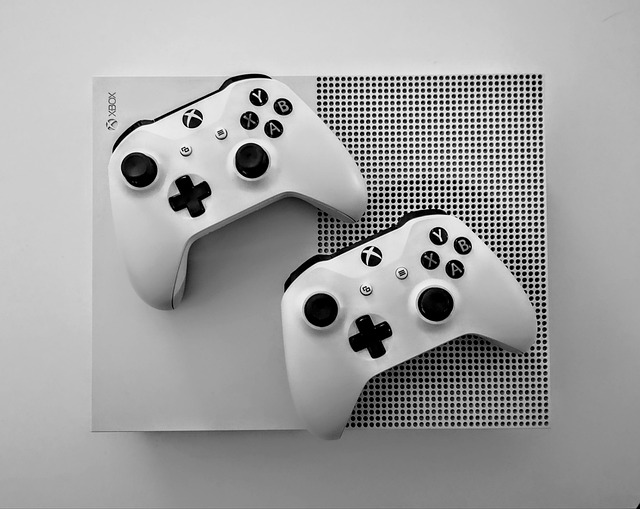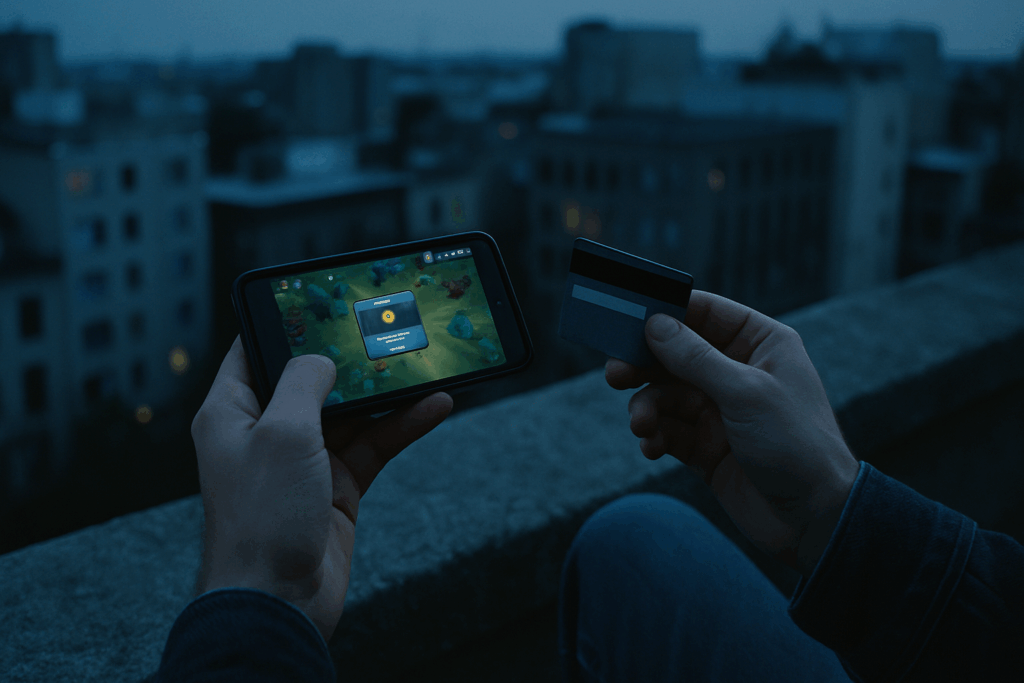Introduction
Vlogging hasn’t just survived the past decade—it’s adapted, outlasted trends, and kept a pulse on what audiences want. As other formats have come and gone, vlogging has proven flexible. Daily diaries, cinematic walk-throughs, behind-the-scenes grinds—it’s a genre that thrives on authenticity and reinvention. And in the middle of algorithm changes, attention spans shrinking, and tech innovation, creators have stayed nimble.
But now, 2024 is lining up differently. Platforms are rethinking how content gets surfaced. AI is taking over parts of the workflow. Viewers are demanding both brevity and connection. Trends that once felt experimental are now essential. For vloggers, this year isn’t about doing more. It’s about doing smarter. Understanding what’s shifting matters because staying relevant demands more than presence—it demands precision and purpose.
Success in content creation or competitive gaming doesn’t happen by accident—it’s built through repetition, analysis, and discipline. This is where practice routines and custom drills come in. High-performing creators aren’t just winging it. They’re breaking down their workflow into focused sessions: improving editing speed, refining delivery on camera, or drilling transitions until muscle memory takes over. It’s boring work—but it wins.
Then there’s the tape. Watching VODs isn’t just for pros in esports. Vloggers now review their own content to catch filler moments, weak hooks, or missed editing opportunities. Add in meta analysis—what’s trending, what styles are gaining traction—and you’ve got builders who are learning both from themselves and the market. Patch notes from YouTube or TikTok? Don’t ignore them. Treat them like game updates and respond fast.
But none of this works if your foundation is cracked. Physical health isn’t optional anymore. Try vlogging regularly on five hours of sleep and two meals a day—you’ll burn out by Thursday. Creators who treat sleep, clean nutrition, and reaction training like part of their workload stay sharp longer, with fewer crashes. Think less hustle culture, more athlete mindset. Turns out the biggest edge in a creator economy is being well enough to outlast everyone else.
Mental toughness isn’t flashy, but it’s what separates consistent creators from burnout cases. Pressure comes in fast — deadlines, analytics, audience feedback, platform changes. The vloggers who last aren’t the loudest; they’re the ones who handle frustration without flinching.
Tilt control is key. When a video tanks or a trend slips through your fingers, it’s easy to spiral. Top creators have reset tactics: short walks, time away from metrics, breaking routine with manual tasks like editing or shooting B-roll. It’s not about ignoring the negative — it’s about moving through it.
And then there’s the big picture. You don’t have to win every upload. Treat each post, each learning curve, as part of the long game. The algorithm might sting today, but it doesn’t define your story. Let learning lead. Ego slows you down.
The Grind Isn’t Always Glamorous
Behind the highlight reels and subscriber milestones, vlogging can be a slow burn. The pressure to stay relevant, the constant content loop, and the algorithm’s unpredictability make burnout a real threat. It’s not always obvious. Fatigue shows up as lack of motivation, a blurred line between work and life, or the creeping feeling that you’re creating more out of obligation than inspiration.
Top creators are learning to recognize these signals before things fall apart. They build break windows into their schedules. They delegate more. They prioritize formats that give them freedom over formats that drain them. Tools like batch recording, AI-assisted editing, and clearer content boundaries help lighten the lift.
Most importantly, they stay connected to what got them started. If the camera feels heavy, it’s probably time to pause and recalibrate. Consistency is crucial, sure—but sustainability matters more in the long run.
Monetization Is Going DIY
A New Reality: Not Everyone Is Making Six Figures
While the dream of full-time vlogging is more achievable than ever, the financial reality varies widely. Some creators are pulling in six-figure incomes, but many are not. Monetization isn’t equally distributed, and success often depends on niche, timing, and smart diversification.
- Only a small percentage of creators reach high income levels
- Most rely on multiple income streams to stay afloat
- Side hustles and part-time strategies are becoming the norm
Passion vs. Pressure
There is a growing tension between the passion to create and the pressure to turn every upload into revenue. Not every video needs to sell something. However, the rise of memberships, exclusive content, and fan support adds a layer of complexity—and obligation—to creative work.
- Passion projects are risky but rewarding
- Constant monetization demands can drain creativity
- Sustainable income often requires setting boundaries and priorities
Creators Rethinking the Business Model
More vloggers are looking inward and exploring direct-to-fan monetization. That means relying less on ads and affiliate links, and more on:
- Membership platforms like Patreon and Buy Me a Coffee
- Selling digital products, templates, and micro-courses
- Launching branded content only when it aligns with the audience
For creators looking to strike a balance between creative freedom and financial success, microtransactions and fan-driven revenue models are offering new paths forward.
Related read: How Microtransactions Affect Enjoyment
Team vlogging is no longer a free-for-all of overlapping voices and chaotic shoots. The most effective groups treat their channels like tight squads—everyone knows their lane, and decision-making isn’t random. Shot-callers set the vision and pace. Editors, storytellers, on-camera talent—all have focused roles. Clarity here saves time and keeps egos in check.
Trust isn’t optional. Elite vlog teams build it fast or they break. That means feedback is direct, workflows are lean, and conflict is dealt with head-on. When disagreements flare up (they will), the strongest teams treat it like maintenance, not meltdown. People talk it out, reset, move forward.
High-performing vlogging crews operate less like hobbyists and more like creative strike teams. Everyone brings something to the table. Everyone pulls their weight. That’s the only way to stay consistent and sharp while the rest of the field burns out.
The Character-Building Power of Competitive Gaming
Competitive gaming has evolved into more than just a pastime. For many, it’s an arena where personal growth, mental sharpness, and emotional resilience are tested and strengthened.
Beyond the Controller: Life Skills in Play
Competitive players develop habits that go far beyond mastering a game. These habits translate into valuable life skills that extend well outside the digital world.
- Discipline: Training schedules, practice routines, and learning from failure require consistency and commitment.
- Strategic Thinking: Games demand fast decision-making, long-term planning, and tactical adaptation.
- Resilience: Losing is part of the process. Successful gamers bounce back, learn from mistakes, and stay mentally tough.
From Gamer to Goal-Setter
What starts as a push to win matches often becomes a deeper journey to push one’s limits. Competitive gaming fosters a mindset of progress, no matter the external result.
- Focus on growth, not just victory
- Set personal goals and redefine success
- Learn to thrive under pressure and handle setbacks with grace
Final Thought: Excellence Over Outcome
In the end, competitive gaming is not just about winning. It’s about striving to be your best, working as a team, and applying the lessons learned in every part of life. Whether you’re at the top of the leaderboard or still climbing, the mindset you build is a win in itself.





